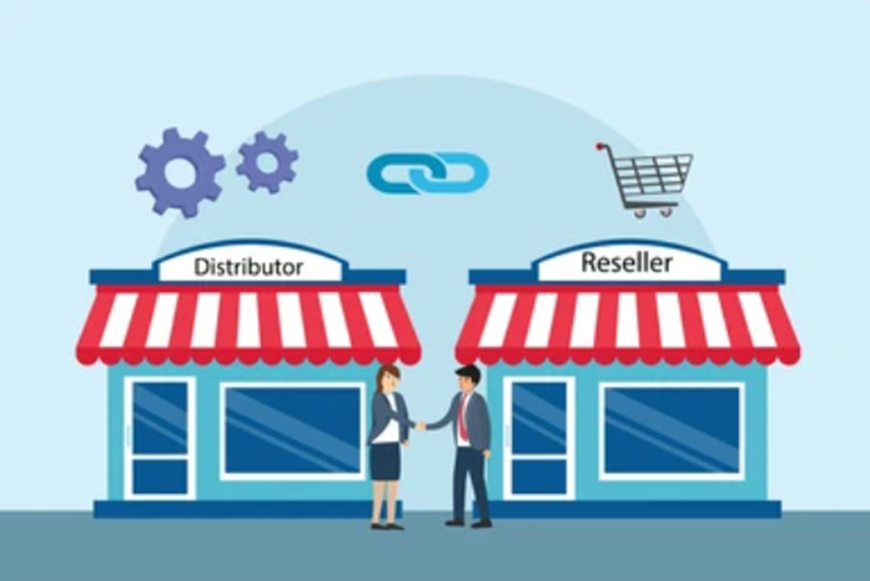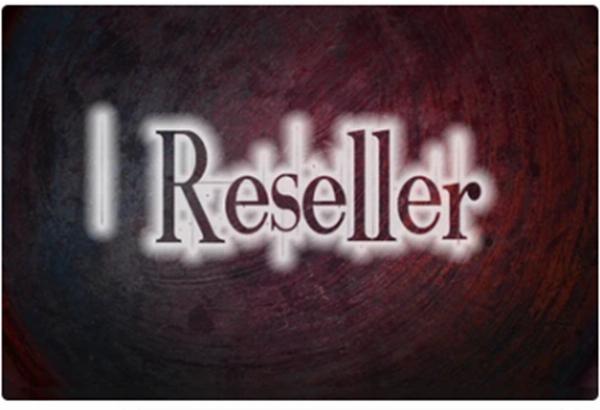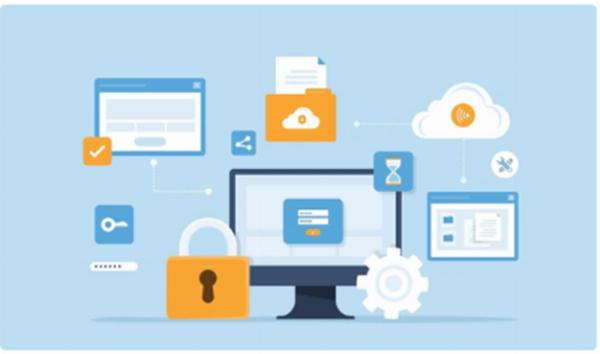 On-Page SEO Optimization – Fix Hidden Errors Killing Rankings!
On-Page SEO Optimization – Fix Hidden Errors Killing Rankings!
Email Bounce Rate: What Is It & How to Reduce It?
Written by janet » Updated on: June 17th, 2025 234 views

If you have emails that bounce, it could hurt your image as a sender and make it harder for people to find your emails. This article will teach you strategies that have been tried and tested to reduce the bounce rate of your email marketing campaigns, hence improving the results of your email marketing efforts. Consider the following scenario: a subscriber chooses to give you their email address in order to receive useful information from you, but they do not receive it. This is a circumstance in which everyone loses out.
Sadly, emails that are returned as undeliverable are a typical occurrence in the realm of email marketing. There are instances in which individuals alter their email addresses without informing the mailing lists that they are a part of, and accounts remain untouched for years until they are deleted. It is essential that you do not ignore the fact that having a high email bounce rate might have a negative impact on the deliverability of your emails.
Rather than that, if you work on enhancing it, you will improve the number of opens and click-throughs, and you will also ensure that you have a healthy list of subscribers with whom you can connect on a regular basis.
What a bounce rate is?
A bounce rate is the percentage of emails sent through a campaign that are returned as "bounced," which means that they were unable to be delivered to the person who was supposed to receive them. The engagement and deliverability of emails are two key performance indicators for any email marketing campaign, and a high bounce rate has a negative impact on both of these metrics. Both soft and hard bounces are included in the category of email bounces.
• Soft bounce: The term soft bounce refers to temporary delays that are normally less bothersome for marketing teams. Soft bounces are typically caused by a full inbox, server problems, or even an exceptionally large email. Email lists do not need to be immediately removed from contact lists if the contacts in question produce soft bounces. However, if the issues continue, you might wish to remove those addresses because they might have an effect on the deliverability of the message in the future.
• Hard bounce: A hard bounce indicates that there is a delivery failure that is permanently occurring. This may take place if the email address that is being used is wrong or if the domain name has expired. Moreover, a hard bounce may be an indication that the email has been labeled as spam. Because an increased bounce rate can lead to a designation of spam, you should always remove these contacts from your email list as soon as you discover that they have experienced a hard bounce.
What is a satisfactory bounce rate for an email?
It is important to take note of bounced emails, regardless of whether they are soft or hard bounces because even the most skilled email marketers will occasionally suffer a bounced email. Bounce rates that are considered acceptable vary slightly from industry to industry, but on average, they should be less than two percent.
The bounce rate is considered to be slightly concerning when it falls between 2 and 5 percent, and it is a clear indication of cause for concern when it exceeds 5 percent. This could be an indication that there is a problem with the process of acquiring emails or with the emails that are being sent in general.
Ways to improve email bounce rate-
If you are seeing greater bounce rates than you would like for your marketing email messages, you may want to consider the following strategies:
1. Clean your email list frequently
Some email addresses on your list will eventually expire. Subscribers and business partners may change email addresses or corporations. These contacts are bounce-ready. Maintain low bounce rates by regularly cleansing your email list. Hard-bounced or soft-bounced addresses or those without an email opening in months should be deleted. You can do this manually or with a third-party tool, which automatically finds valid email addresses worth your time.
2. Make sure the emails aren't spam
Emails for marketing should be thoughtful and interesting, not annoying and hostile. Statista found that 53% of emails sent around the world are spam. Email service providers have taken steps to cut down on the daily flood of fake letters of inheritance and ads for weight loss pills. That means that your company magazine, which is useful, might be marked as spam, even though it's not really spam.
3. Get double opt-ins and make them better
To reduce bounce rates, use a double opt-in technique for new marketing email subscribers to prevent spam accounts and bots. A double opt-in demands that a contact confirm their email address via an initial email sent upon registration. This confirms their email address can receive your company's messages. Remind subscribers to add your marketing email address to their contacts to avoid spam filtering.
4. Sort email lists based on user engagement
Attempts are made by email service providers to identify junk mail by analyzing a wide variety of measures, such as open rates and click-through rates. In spite of the fact that they are not the most significant factors, they still play a significant part. It is a smart practice for marketing departments and organizations, in general, to segment email lists based on interaction because it can help you target your efforts more efficiently.
In this scenario, you will evaluate which contacts had the highest engagement rates with previous email campaigns, and you will send future emails and communications to these individuals first. There is a simple approach to prevent your message from being placed in the spam folder.
5. Send out campaigns on a regular basis
One of the most important aspects of any relationship is maintaining communication with the people who are important to you, and email marketing is no exception to this rule. Subscribers may forget who you are and the reason they signed up to get your emails in the first place if you send out newsletters or product releases in a sporadic or irregular manner.
This may cause them to unsubscribe from your mailing list and place your emails in their spam folder. Campaigns that are consistent and meaningful encourage contacts to anticipate your material, which will ultimately lead to a rise in the percentage of emails that are opened.
6. Avoid purchasing email lists
Buying contact lists is never a good idea because it almost always leads to higher bounce rates. If someone at a trade show wants to make more money off of attendees, or if a service offers curated, industry-specific B2B targets, they will promise you quick success from a sea of strangers. This is just a bait-and-switch.
People on these email lists never agreed to be on these lists, so they will probably mark your messages as spam. If your company gets too many spam reports, the whole site may blacklist it, which is very hard to fix and costs a lot of money. There are more dangers than benefits to buying email lists. It's just not worth it.
7. Employ your own domain
Another straightforward method for evading spam detection is to send emails from a domain that you control. This will give the impression that your company is legitimate. For the purpose of personal contact, it is possible that free Gmail or Yahoo accounts are allowed; nevertheless, for business communications, it is imperative that they originate from a company email address.
The majority of website providers are able to combine emails with staple service providers, which provides a streamlined method to stay in touch with your customers without triggering junk-mail alarms.
8. Tests using the A/B method
Tests using the A/B method can be used to help determine how well emails are received by subscribers. When you do this, you send two slightly different versions of the same email to a subset of your contacts. The version that receives the greatest engagement is the one that is awarded the privilege of being forwarded to the remaining contacts in your list.
Alternate subject lines, text links as opposed to buttons for your call to action, and varied placements of the lead material are all variations that you can test out. To reduce bounce rates, A/B tests are very helpful because they can disclose which emails are considered spammy and, even better, what your audience enjoys engaging with the most. This is a significant benefit.
9. Encourage your contacts to bring their information up to date
Within the vast ocean of email marketing methods, this seemingly basic tactic is sometimes missed, despite the fact that it has the potential to make a significant difference. Because of a variety of factors, individuals frequently alter their email addresses, as was mentioned earlier. Some people decide to move to a new location while simultaneously moving out of their previous one, which provides a window of opportunity for companies that want to maintain communication with their customers.
By sending a message that includes an "update profile" form, subscribers will have the opportunity to advise your organization of any changes that have occurred in their contact information, including their email address. You will then be able to make changes to this information in your master contact list, which will prevent a hard bounce.
Conclusion-
Any company or marketing department should have as their primary objective the maximization of return on investment (ROI), and analytics for email campaigns are crucial markers of performance. Analysis of bounce rates is nevertheless necessary, despite the fact that they constitute only a minor part of the overall conundrum.
They perform the function of health indicators for your email list, guiding you to the data insights you require to ensure the success of your future campaigns. Consider the information shown here for your email marketing approach. By utilizing the methods described above, you will be able to regularly and successfully eliminate both soft and hard bounces.
Note: IndiBlogHub features both user-submitted and editorial content. We do not verify third-party contributions. Read our Disclaimer and Privacy Policyfor details.
Copyright © 2019-2025 IndiBlogHub.com. All rights reserved. Hosted on DigitalOcean for fast, reliable performance.

















